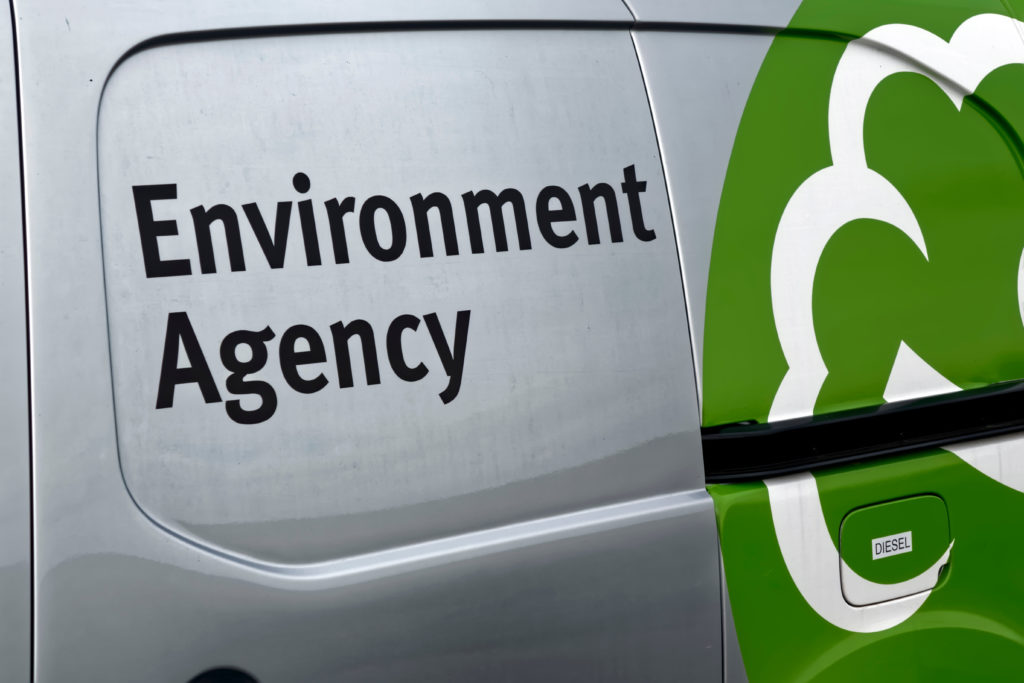OPINION: Over the past year and a half, addressing the energy trilemma has become central to the Government’s thinking on energy policy; the need to balance decarbonisation, with a secure supply at an affordable price.
To help address this, Rishi Sunak established the Department for Energy Security and Net Zero as the Government sought to tackle the increased cost of energy by producing our own clean energy at home.

One of the Department’s first policy documents was its Powering Up Britain – Energy Security Plan. The document, among other things, announced the creation of a new solar taskforce, comprised of both Government and Industry. It will be down to the taskforce to develop a roadmap on how the UK can achieve its target of 70GW of solar energy by 2035. Hitting that target would mean a five-fold increase on current installed capacity and boost the UK’s energy independence and resilience.
To meet this target the UK is going to need to look at new and innovative ways of deploying solar across the ground and roofs. They may not be the first-place people would think of, but the UK’s backfilled landfill sites offer an ideal location for new solar developments.
A core point of contention which often makes headlines, is the land that is used for solar development, with critics often worrying that it will impact the UK’s food security. Further to this, the UK is currently experiencing a housing crisis, in part due to a difficulty finding suitable locations to build. Simultaneously adding pressure to land demand is the need to find space to build and develop sources of renewable energy such as solar parks.
Whilst you might initially believe that solar parks and housing developments will compete for land usage and exacerbate the shortage of available land, this is not necessarily the case.
Though the cost of building a solar park on a closed landfill can drive up the price of construction due to technical challenges, the alternative reuse options are limited and in the long term there are many benefits.
An issue solar parks built on disused land often come up against is difficulty connecting to the grid, however landfills often already have substantial grid connections and allow solar parks to come on line more quickly.
Another long-term benefit of transforming landfills into solar parks is the significant role they can have in promoting and conserving biodiversity – aligning with another Government target, as outlined by the Department for Environment, Food & Rural Affairs’ Biodiversity Net Gain strategy. Defra’s strategy is aimed at developing land and contributing to the recovery of nature through the protection and renewal of wildlife habitat.
Converting landfill sites into solar parks leads to the potential creation and expansion of habitats that are at risk of disappearing due to monocropping and a lack of diversity in land usage across the country. The ecological value of a site is significantly increased through this transformation. The fact solar parks could lead to the increased promotion of biodiversity whilst creating clean energy emphasises the link between climate action and nature conservation.
As the UK grapples with bolstering its energy resilience, the protection of green spaces, building more homes and powering these homes sustainably investing in the conversion of landfills offers an attractive solution. Solar parks on landfills offer an opportunity to protect local wildlife, free up land for houses, and their pre-existing connection to the grid allows them to power a growing number of homes instantly – responding to the increasing energy needs as the UK progresses with its housebuilding targets.







Subscribe for free